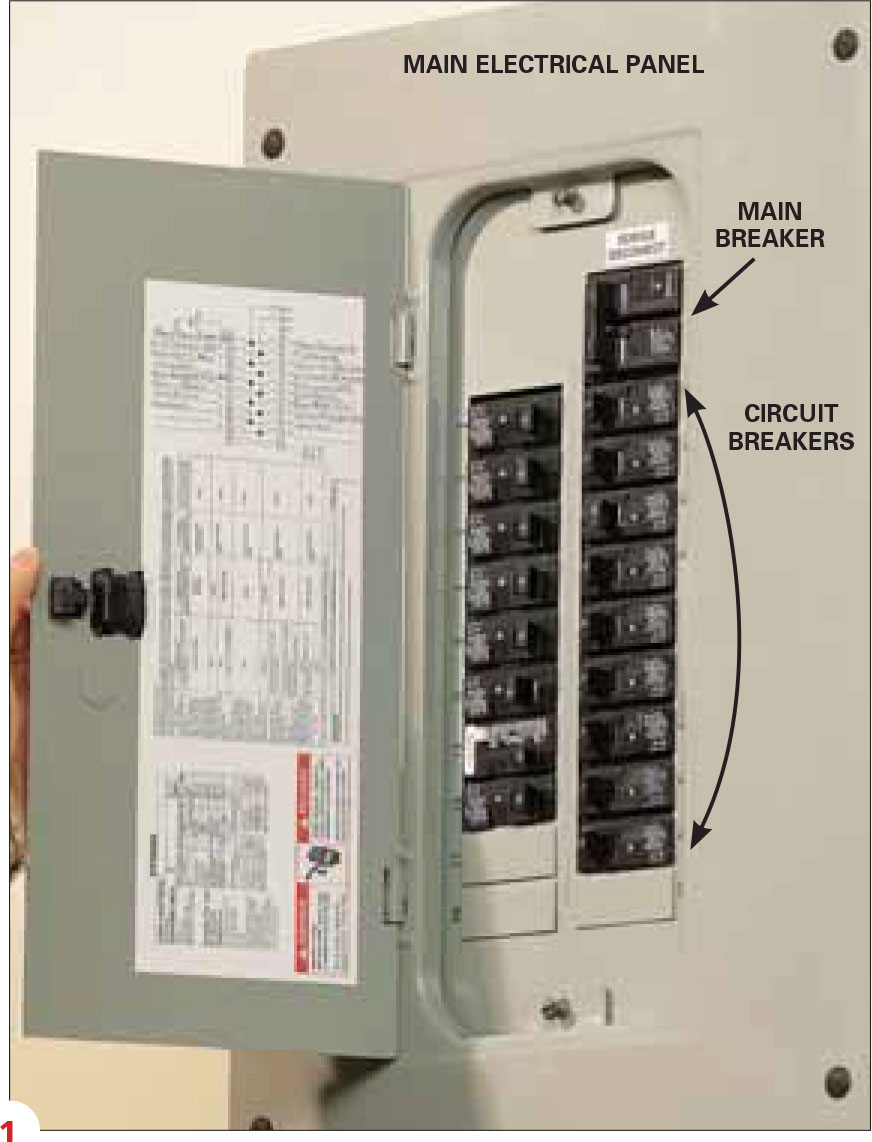
When an outlet goes dead, it’s easy to jump to conclusions and assume the worst. But more often than not, the problem is something simple, and you can save the cost of a service call just by taking a few steps to trace the cause. Don’t worry if you’re not comfortable doing electrical work. Better than half the time you’ll solve the problem without even lifting a tool. We’ll show you how to start your search for the problem by checking in the most likely places.
Of course, there will always be problems that are best left to an electrician. But if you take these steps first, there’s a good chance you’ll find the solution.
Take a few minutes to check if other outlets, lights or appliances are affected. Switch lights on and off and test nearby outlets for power (use a voltage tester or plug in a lamp to test the outlets).
Unplug lamps and appliances from dead outlets to eliminate the possibility that a short or overload from one of them is causing the problem. Note the location of dead outlets or mark them with a piece of masking tape so you’ll be able to find them again after you’ve turned off the power.
After you unplug all the devices from the dead outlets, the next step is to check for a tripped circuit breaker or blown fuse. You’ll find the circuit breakers or fuses in the main electrical panel, which is usually located near where the electrical wires enter the house. Garages, basements and laundry rooms are common locations. Locate the panel and open the metal door to reveal the fuses or circuit breakers. Photos 1 – 4 show a typical main panel and the process for resetting a tripped circuit breaker. Remember to turn off your computer before you switch the circuit breakers on and off.
Tripped circuit breakers aren’t always apparent. If you don’t see a tripped breaker, firmly press every breaker to the “off” position (Photo 3). Then switch them back on. If the tripped breaker won’t reset without tripping again, there could be a potentially dangerous short circuit or ground fault condition. Switch the circuit breaker off until you’ve located the problem. In most cases, a tripped circuit breaker is caused by a temporary overload on the circuit or a short circuit in some device plugged into the circuit. But in rare cases, a loose wire in an electrical box could be causing the problem.

1. Locate the circuit breaker box (or fuse box) and open the door to search for tripped circuit breakers.
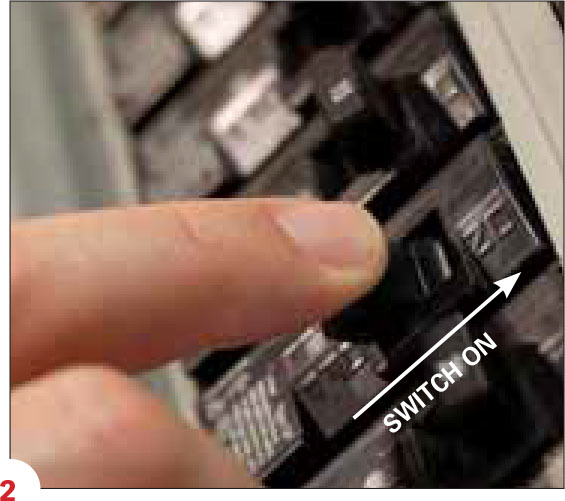
2. Locate tripped breakers by looking for breaker handles that aren’t lined up with the rest. Last, push the breaker handles toward the “on” position. Tripped breakers will “give” a little rather than feel solid.
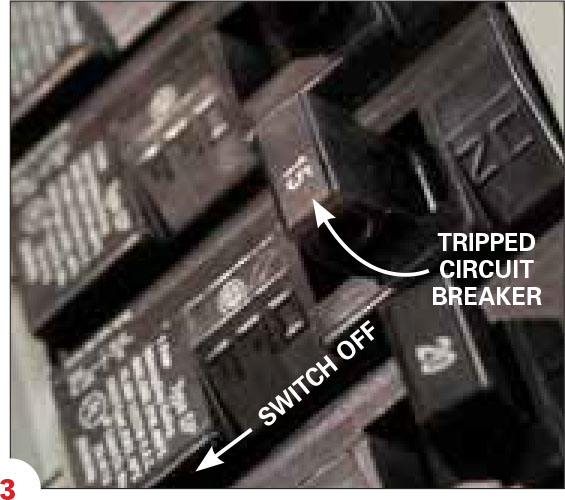
3. The first step in resetting a tripped breaker is to switch it off. Don’t just flick the handle; press the handle firmly to the “off” position. You should hear a click.
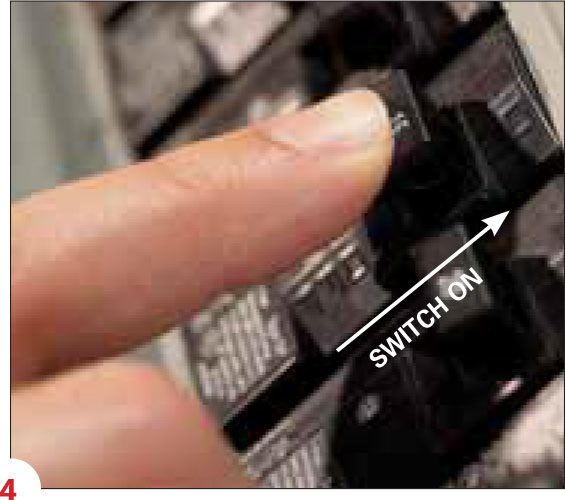
4. Finally, reset the breaker by pushing the handle firmly to “on.” It should line up with all the rest. If it “pops” back to the tripped position, there’s a problem in the wiring or in something that’s plugged into the circuit.
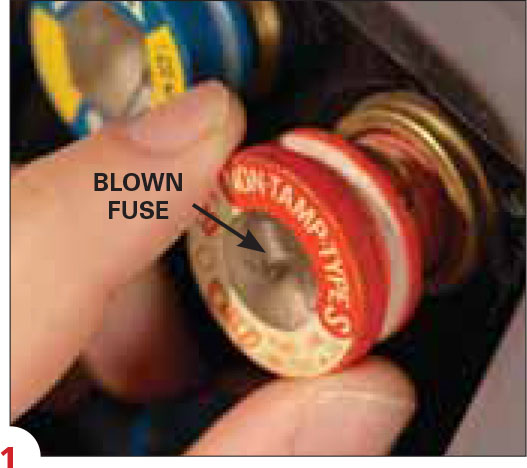
1. Look inside the fuse for charred glass or a broken filament—evidence of a blown fuse. Unscrew the suspect fuse and replace it with one of the same type and amperage.
GFCI (short for “ground fault circuit interrupter”) outlets, those unusual outlets with the test and reset buttons, are required in areas of the house where shock hazards are greatest. They protect against deadly electrical shocks by sensing leaks in the electrical current and immediately tripping to shut off the power. But it’s easy to overlook a tripped GFCI as the source of a dead outlet problem. That’s because in areas where GFCI-protected outlets are required, electricians often save money by connecting additional standard outlets to one GFCI outlet. A current leak at any one of the outlets will trip the GFCI and cause all of the outlets connected to it to go dead. These GFCI-protected outlets are supposed to be labeled (Photo 1), but the label often falls off.
Look for GFCIs in bathrooms, kitchens, basements, garages and on the home’s exterior. Test and reset every GFCI you find (Photo 2). If the GFCI “reset” button doesn’t pop out when you press the “test” button, there may be no power to the GFCI or you may have a bad GFCI. On the other hand, if the “reset” button trips again every time you press it, there may be a dangerous current leak somewhere on the circuit. In either case, solving the problem requires additional electrical testing that we won’t cover here. Refer to other electrical repair manuals or call an electrician for help.
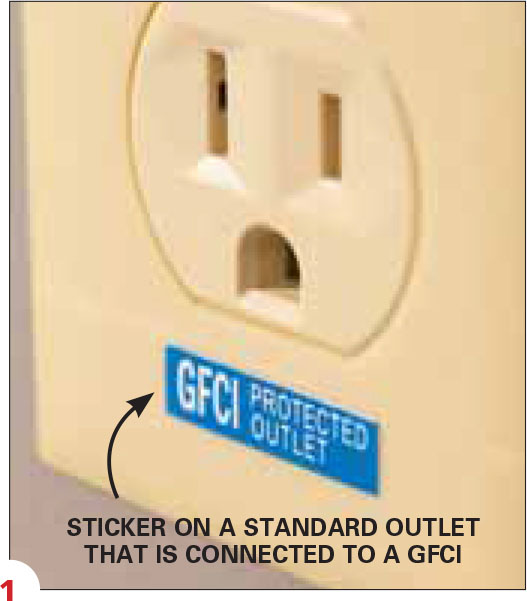
1. Identification label. Protected “downstream” receptacle should be labeled if they have GFCI protection.
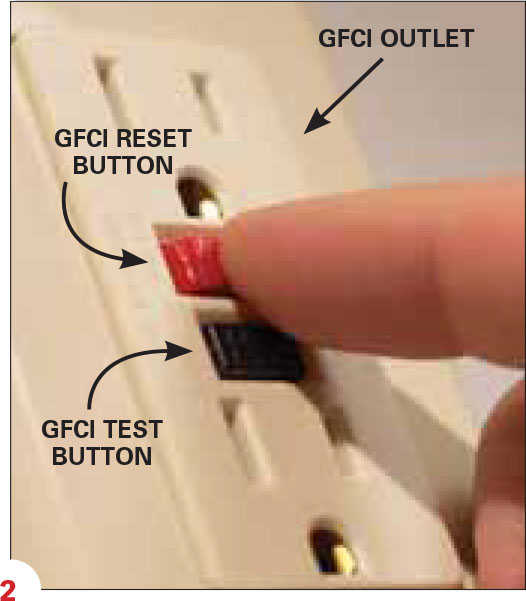
2. Push reset button. You can test GFCI receptacles by pushing the “test” button and then the “reset” button.